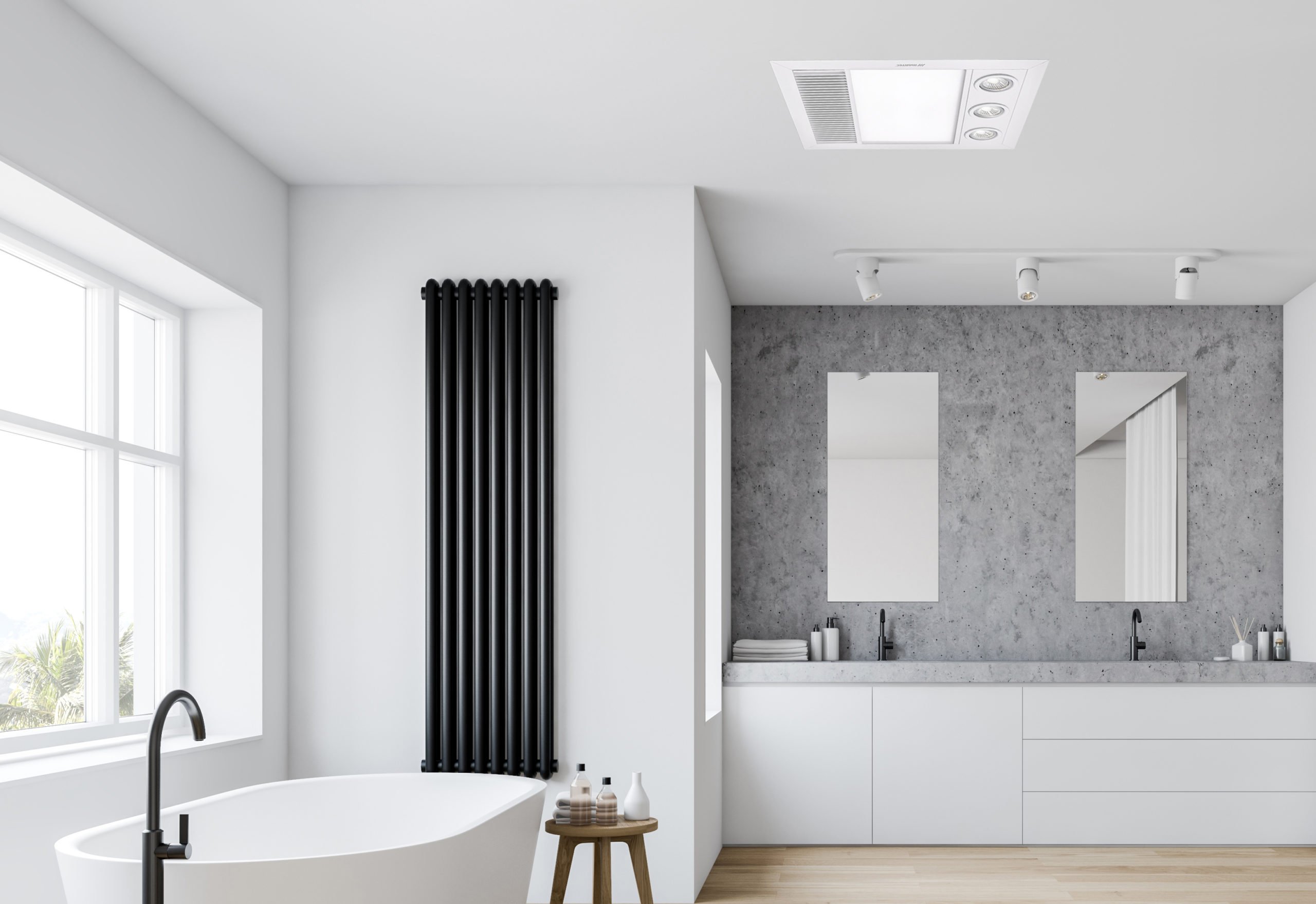Functionality and Benefits of Non-Vented Bathroom Exhaust Fans: Non Vented Bathroom Exhaust Fan

Non vented bathroom exhaust fan – Non-vented bathroom exhaust fans, unlike traditional vented fans, operate without the need for an external vent or ductwork. Instead, they utilize advanced technology to purify and recirculate the air within the bathroom, effectively removing moisture, odors, and pollutants.
Compared to vented fans, non-vented models offer several advantages. They are easier to install, as they do not require complex ductwork or access to an external wall. Additionally, they are more energy-efficient, as they do not exhaust conditioned air from the bathroom, leading to potential cost savings on energy bills.
Energy Efficiency, Non vented bathroom exhaust fan
Non-vented exhaust fans are inherently energy-efficient due to their recirculating design. By eliminating the need for ducting and external venting, they minimize heat loss and prevent conditioned air from escaping the bathroom. This results in reduced energy consumption, which can translate into significant cost savings over time.
Cost Savings
The energy efficiency of non-vented exhaust fans directly translates into cost savings. By reducing energy consumption, these fans help lower monthly utility bills. Additionally, the reduced installation costs compared to vented fans further contribute to the overall cost savings associated with non-vented models.
Installation and Maintenance of Non-Vented Bathroom Exhaust Fans

Installing and maintaining non-vented bathroom exhaust fans are simple tasks that can significantly improve the air quality and comfort of your bathroom. Here’s a step-by-step guide to help you get started.
Proper ventilation and air circulation are crucial for maintaining a healthy and comfortable indoor environment. Non-vented bathroom exhaust fans help remove moisture, odors, and pollutants from the air, preventing mold and mildew growth and creating a healthier breathing space.
Installation
- Choose a suitable location for the fan, typically on the ceiling or high on a wall opposite the shower or bathtub.
- Mark the location of the fan and cut a hole in the ceiling or wall according to the manufacturer’s instructions.
- Connect the fan to the electrical wiring and secure it in place.
- Cover the hole with the fan housing and grille.
Maintenance
- Clean the fan blades and grille regularly to prevent dust and dirt buildup.
- Replace the fan filter as recommended by the manufacturer.
- Check the fan’s operation periodically to ensure it’s working properly.
- If the fan is not working, check the electrical connections, the fan motor, and the switch.
In the realm of home aesthetics, where tradition intertwines with comfort, non-vented bathroom exhaust fans offer a discreet solution for maintaining a fresh and invigorating atmosphere. Their unobtrusive presence complements traditional home decor , seamlessly blending with the classic charm and timeless elegance that defines such spaces.
By effectively removing moisture and odors, these fans ensure that your bathroom remains a sanctuary of tranquility, enhancing both its functionality and its aesthetic appeal.
In the realm of non-vented bathroom exhaust fans, the Broan 688 bathroom fan emerges as a beacon of innovation. This ingenious device seamlessly blends functionality and aesthetics, offering a quiet and efficient solution for maintaining a fresh and odor-free bathroom environment, allowing you to create a sanctuary of tranquility within the confines of your home.